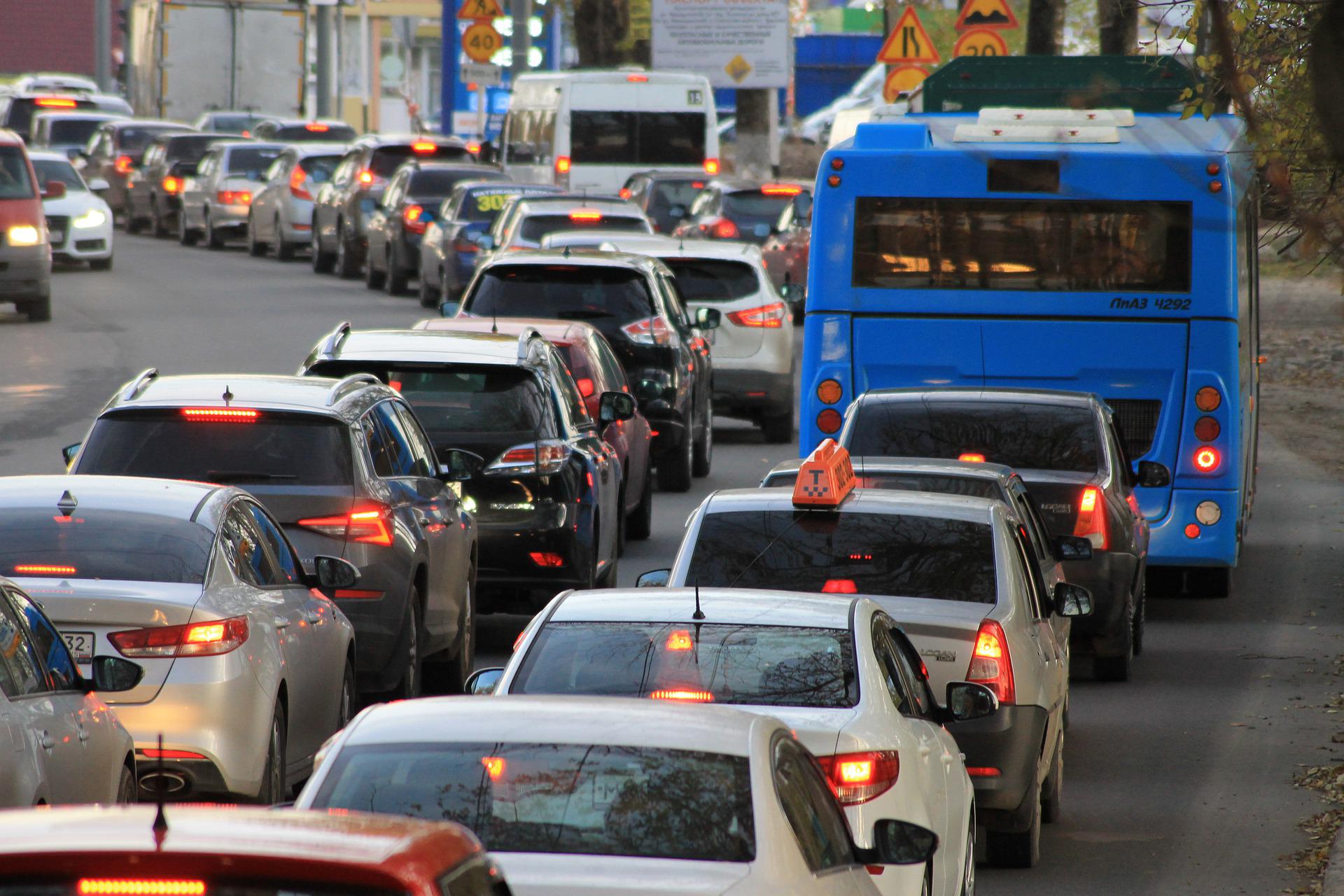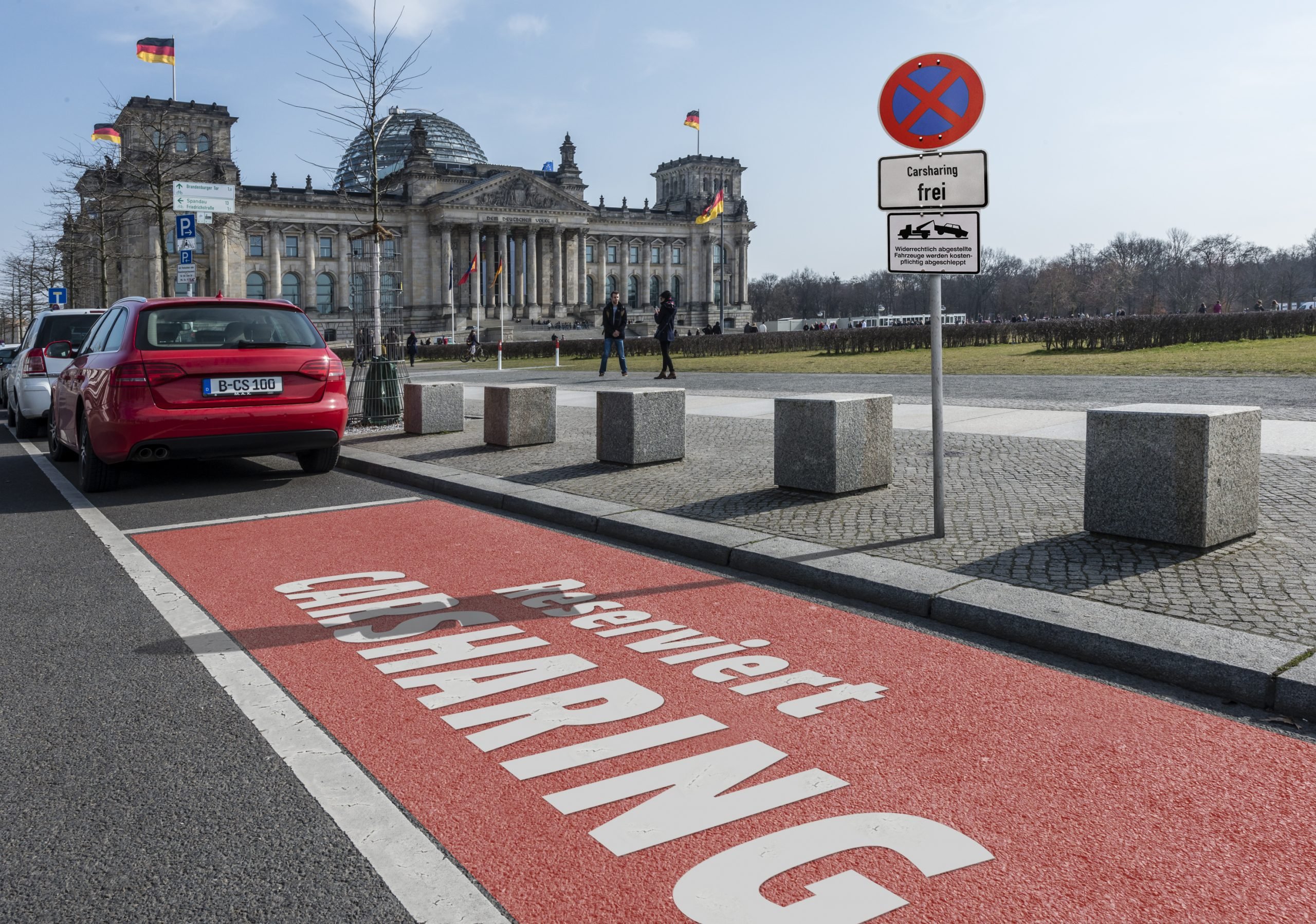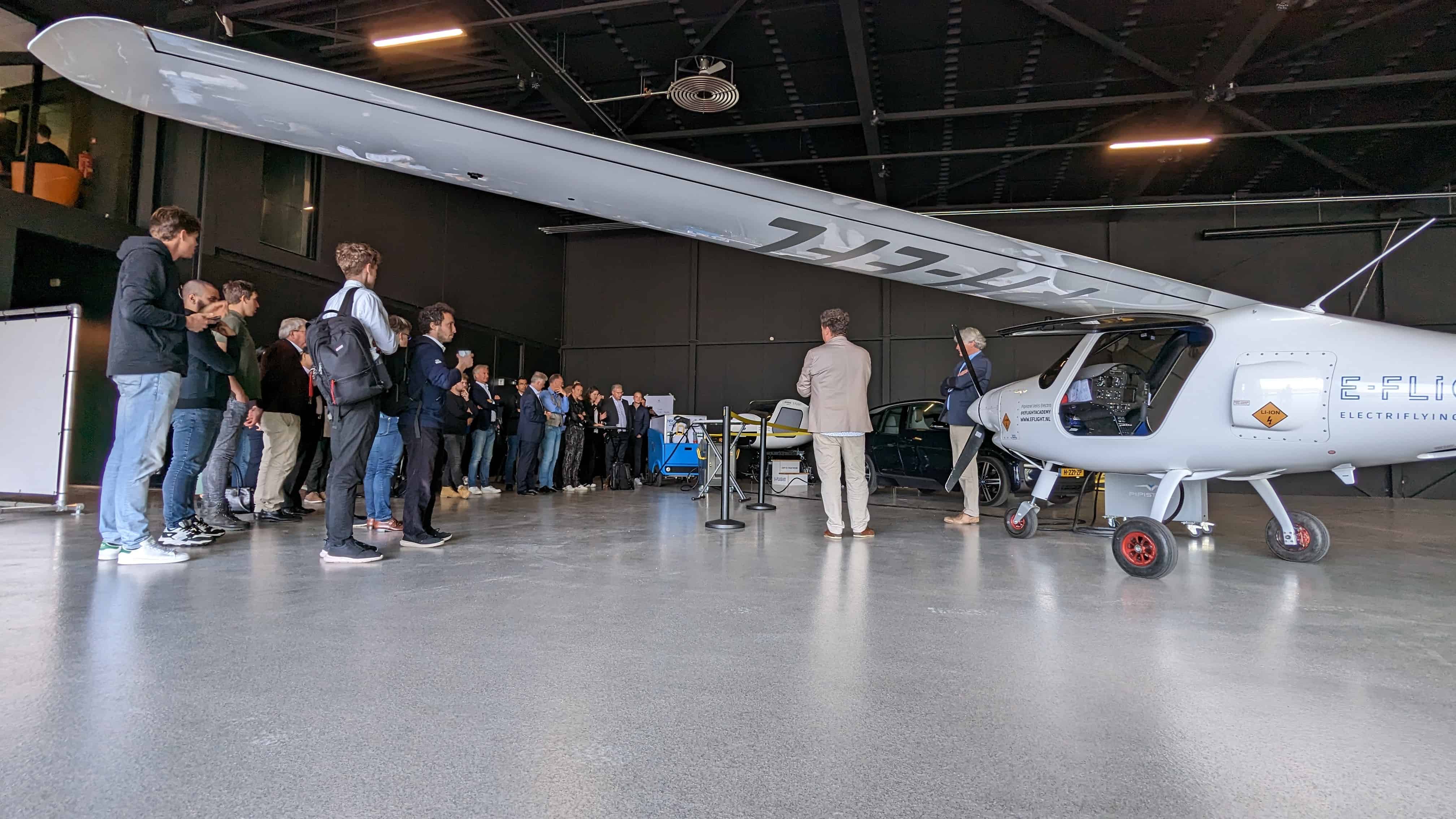
Jan Willem Erisman, chairman of the Dutch Scientific Climate Council (‘wetenschappelijke klimaatraad’) and advisor to the government, argues that many Dutch people may have to give up their cars for a completely climate-neutral transportation system. Given the environmental impact of extracting raw materials for them, he doubts the ability to produce enough electric cars. Erisman argues for a radical change in the transportation infrastructure, in which shared and public transport may be better than individual car ownership. According to Erisman, the behavioral change needed to reduce car ownership should be encouraged by the government.
- A government advisor says a shift from individual car ownership to collective transportation is needed for climate neutrality.
- Urban planning plays a crucial role in the transition to sustainable transportation.
- Electric cars, artificial intelligence, and shared transport technologies are contributing to sustainable mobility.
Radical redesign of transportation infrastructure
To realize Erisman’s vision, a radical redesign of the current transportation infrastructure is needed. Central to this is the shift from individual to collective transportation. This involves not only the traditional forms of public transport, such as buses, streetcars, and trains but also innovative concepts such as shared transport.
Shared transport, where several people use the same vehicle, can play an important role in the transition to a more sustainable transport system. By having fewer cars on the road, we can reduce CO2 emissions and efficiently use available space. However, this also means we must start looking at mobility differently. The car is no longer the primary means of transportation but only one of many options.
Urban planning for a car-free future
The shift to more sustainable forms of transportation also has implications for the design of our cities. One example is the new Utrecht neighborhood of Merwede. This district will be completely car-free and focus on alternative mobility forms. A Mobility Company will be set up to arrange various forms of transport within the district and to and from the district. In addition, various shared transport hubs are being set up in the district, where (electric) shared cars and other forms of shared mobility are available.
Merwede’s concept shows that urban planning plays an important role in the transition to more sustainable forms of transportation. By considering alternative forms of transportation at the planning stage, cities that are less dependent on cars can be designed. This leads not only to fewer CO2 emissions but also to more livable cities with more space for greenery and recreation.
The role of technological innovation
In addition to infrastructure and urban planning changes, technological innovations play an important role in the transition to more sustainable transportation. For example, Erisman points to the importance of electric cars. While he doubts the feasibility of mass-producing electric cars, it is clear that they are an important part of the solution. Modern cars are safer and cleaner than their predecessors and are expected to become the norm.

There are other technological developments – especially around AI -that contribute to the transition. The development of new forms of mobility, such as autonomous shuttles and shared cars, also plays a role. Although these options are currently still a limited part of the transportation supply, they may play a larger role in the future.
A complex but necessary transition
The transition to a more sustainable transportation system is a complex challenge. It requires changes at multiple levels, from infrastructure and urban planning to technological innovations and changes in our behavior. Erisman’s vision forces us to look at transportation in a new way. Car ownership is no longer taken for granted, he says, but becomes a choice we must make consciously.






